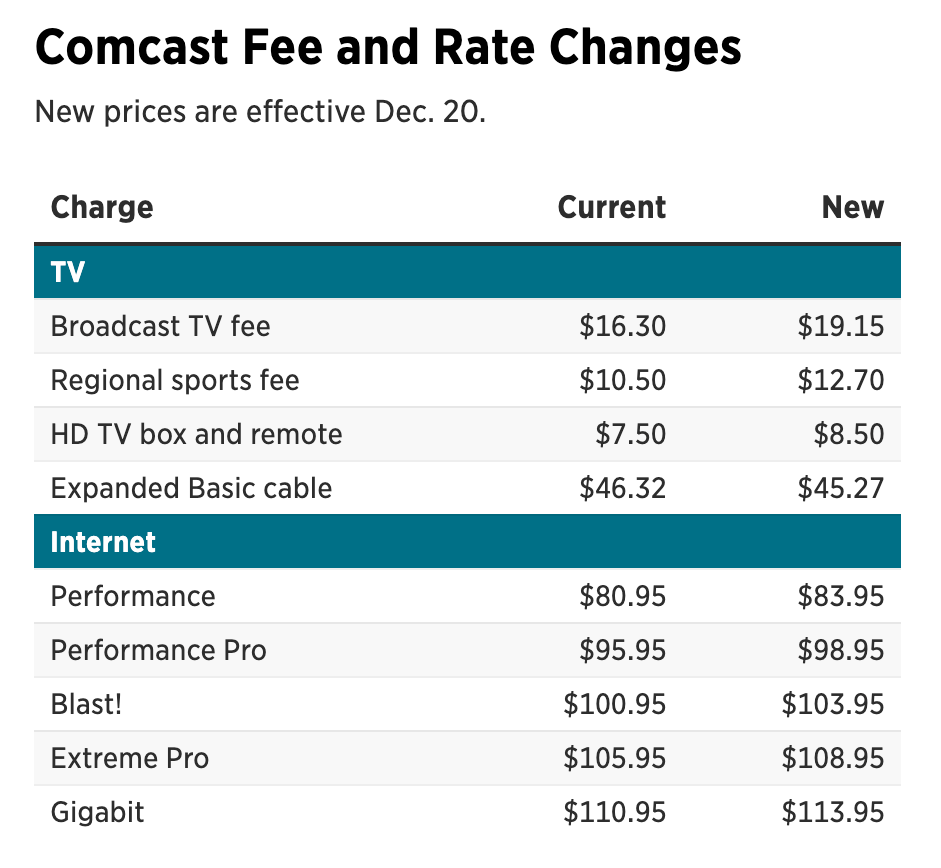One of the primary Ethernet standards is IEEE 802.3, which details the requirements for cabled Ethernet connections. This standard has evolved over the decades, bringing quicker speeds and enhanced efficiency. For instance, the original Ethernet standard offered rates of 10 Mbps per second, while newer versions, such as Gigabit Ethernet, can offer speeds of up to 1,000 megabits per second. In MDUs, where numerous residents share the same internet link, having a rapid Ethernet system can significantly enhance the overall user interaction. Quicker rates mean faster downloads, smoother streaming, and more reliable visual conferences, which are crucial for off-site work and online learning.
Another important aspect of Ethernet protocols is the implementation of organized wiring infrastructures. These systems organize and coordinate the system wires that connect devices within a building. By following the principles set by Ethernet protocols, MDUs can guarantee that their cabling is efficient and effective. This organization helps minimize interference disruption and enhances information transfer quality. Additionally, structured cabling allows for easier improvements and maintenance, allowing it easier for building administrators to adjust to evolving tech needs. As internet utilization persists to increase, having a properly organized cabling infrastructure becomes vital for maintaining high-quality connectivity.
Power over Ethernet (PoE) moved here is another significant development in Ethernet technology that benefits MDUs. PoE allows network cables to carry electrical power along with data, eliminating the need for separate power sources for devices like security cameras, Wi-Fi access points, and VoIP phones. This feature streamlines setup and minimizes disorder, making it easier to set up a comprehensive network in multi-dwelling units. By utilizing PoE, property managers can enhance safety and boost web connectivity throughout the complex without the extra cost of extra electrical work.

In summary, Ethernet protocols have a profound impact on web access in multi-dwelling buildings. By offering faster rates, organized cabling, and innovative capabilities like Power over Ethernet, these standards help create a reliable and effective network for residents. As tech continues to advance, remaining informed about Ethernet protocols will be crucial for property administrators and residents alike. By investing in the appropriate infrastructure, MDUs can guarantee that all tenants enjoy a seamless web experience, making their residences more connected and accessible.